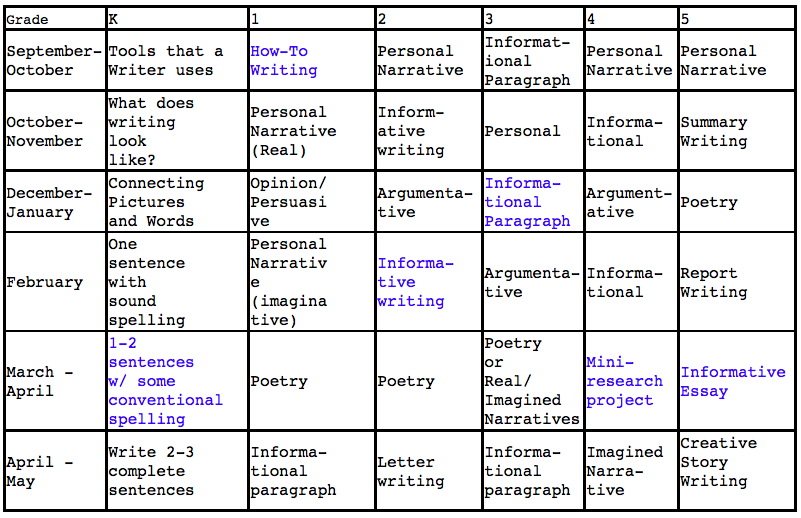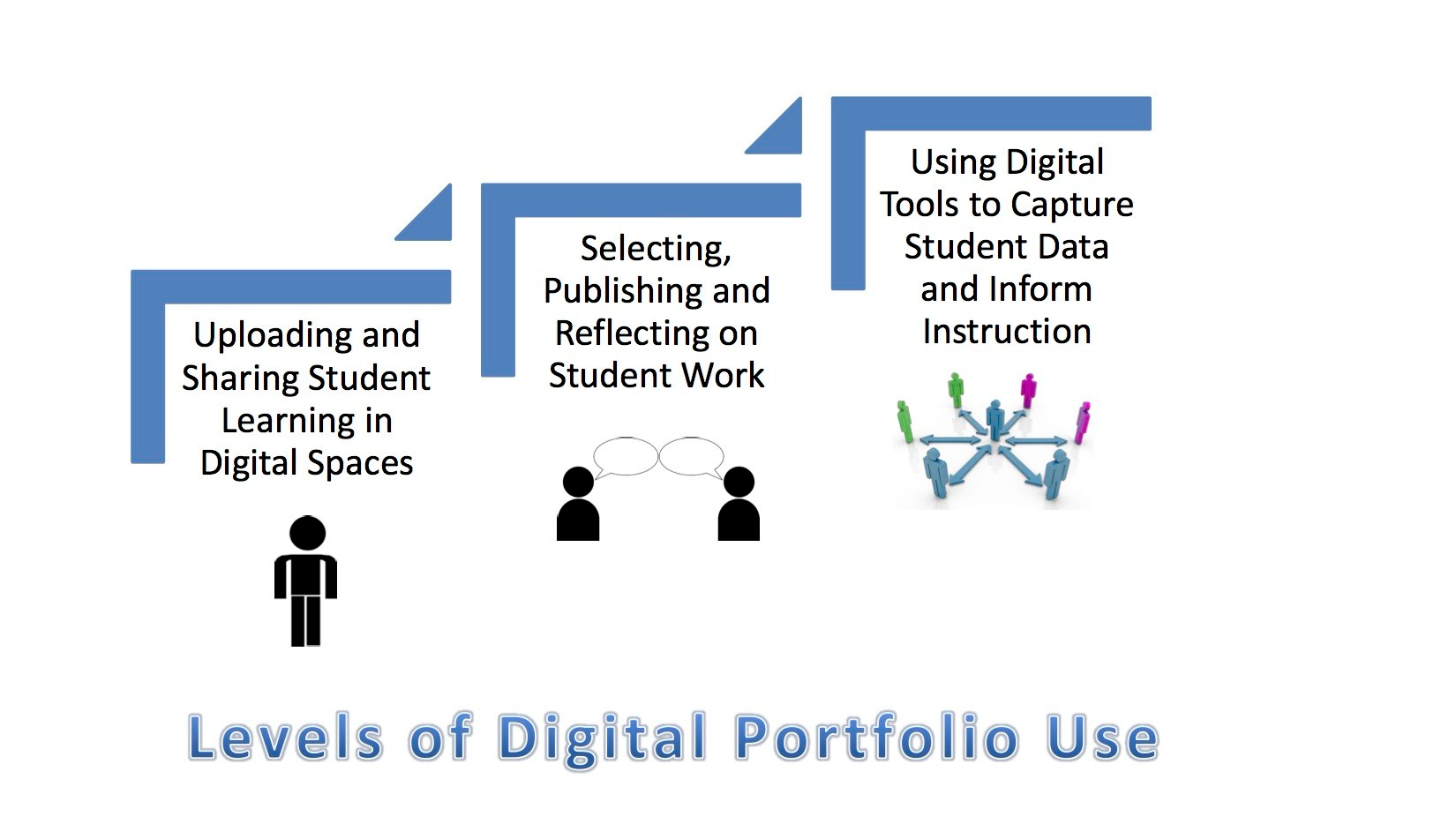I will be speaking to school leaders at AcceleratED on February 21 in Portland, Oregon on the topic of digital portfolios. If you are an educator located in this area, consider registering for this conference. It’s definitely worth your time away from school. Below is an adapted excerpt from my new book on the topic, detailing steps leaders can take to implement better assessments for students.
Students are more than a score. They are unique individuals, each possessing different motivations and talents. To distill an understanding of their current status and future potential down only to a symbol, such as grades or levels, is at best a misrepresentation of their abilities and at worst educational negligence. We can do better.
One way to do better is to implement digital portfolio assessment in every classroom in a school. Digital portfolios can be defined as online collections of evidence of student work, carefully curated to document student learning for both growth and mastery. Tools used for this initiative include but are not limited to Edublogs, FreshGrade, Google Sites, Kidblog, Seesaw, and Weebly.
There is more than one pathway a school leader might take in implementing digital student portfolios at a schoolwide level. Every school has a different culture and climate. Having completed this type of change before, as well as being familiar with the literature and research on organizational change, I am confident that school leaders who follow these general steps will be more likely to experience success.
Start with assessments. “What gets measured is what gets done.” If this adage is accurate, then school leaders, including teacher leaders, have a lot more authority to drive assessment practices schoolwide than previously thought. Making changes include not only introducing digital portfolio assessment but also expanding the types of assessments being used as well as developing assessment literacy with faculty.
When we alter assessment practices schoolwide, we also change the conversation about how student success will be measured. Case in point: In the fall of my first year in my current school, the newly formed instructional leadership and I instituted fall and spring writing assessments. Although writing was not yet a priority for our school, one teacher asked, “Are we focused on writing as a building?” Starting with a change in assessment practices can be a subtle yet powerful call to action.
Assess your level of access. Without available and robust technologies, both hardware and software, we risk running this digital initiative into the ground.
I experienced this first hand in my previous school. We had purchased several iPads for each classroom with the intention of using them for documenting student work online. Unfortunately, we ran into many challenges in this process: wireless access points were installed in inappropriate locations; the bandwidth was not strong enough to upload video from multiple devices at one time; purchasing one type of tool (tablets) did not recognize the developmental needs of the different age levels in our school. If we had not slowed down our technology integration process and rethought our approach, I don’t think the end result – schoolwide implementation of digital portfolios to improve student writing – would have been realized.
In my two books on digital portfolios, I provide a readiness tool for school leaders to complete in order to assess the level of access for this type of initiative. Click here to download this tool to use with your leadership team prior to or during implementation.
Start small. Instead of pushing every teacher to adopt digital student portfolios right away, consider allowing faculty who are ready for this initiative to run a pilot. This was one of the steps we initially took in my last school that proved to be successful. A 1st-grade teacher and our speech and language teacher tried FreshGrade with their students. They discovered an increase in collaboration, better parent engagement, and students feeling more involved in their work through self-assessment and goal setting.
Their enthusiasm carried over the following year when we decided to implement digital portfolios schoolwide. In fact, these two teachers plus other school leaders would sometimes lead the professional development sessions for the rest of the faculty. They became champions for this work, which accelerated the implementation process.
Attend to the culture. Any schoolwide improvement effort that truly impacts student learning involves a cultural change as well as a technical change (Muhammad, 2009). Culture is defined as “the school’s unwritten rules and traditions, norms, and expectations” (Deal and Peterson, 2019, pg. 6). Leaders have to facilitate change in how teachers engage in their practice. They need to attend to teachers’ beliefs about the importance of this type of work, understanding that beliefs drive practices and, subsequently, the acquisition of resources (Routman, 2014).
To start, school leaders have to communicate this change as a part of an existing initiative and not “one more thing”. Technology without the context of pedagogy can create the perception that this is separate work outside the purview of core instruction.
One way a school can connect digital portfolios with daily instruction is by guiding teacher teams or departments to develop a yearlong plan of instruction. The outcomes of this plan can be around whatever the school values as important for students to know, understand, and be able to do. In my last school, we had a strong focus on writing. Therefore, each teacher team mapped out their yearlong plan for writing genre instruction.

At the end of each unit of study, teachers were expected to guide students to upload a piece of writing they were most proud of, accompanied by reflection and goal setting.
Also helpful for teachers is sharing long-term goals for this work. Leaders can honor the initial efforts of innovators by highlighting where they are at on a continuum of digital portfolio assessment, from simply posting work online to using digital tools to inform many areas of instruction. Wherever a teacher is at professionally is recognized, with the caveat that there is always room for growth on a pathway toward excellence.

Above all, culture has to be infused with constant celebration. Taking time to acknowledge teachers’ and students’ efforts at the beginning of staff meetings and professional development sessions fosters motivation for continuing this work. We have to enjoy the journey as well as the destination when upgrading our assessment practices with the help of digital tools. Learning at each level should be an exciting and rewarding experience for everyone involved.